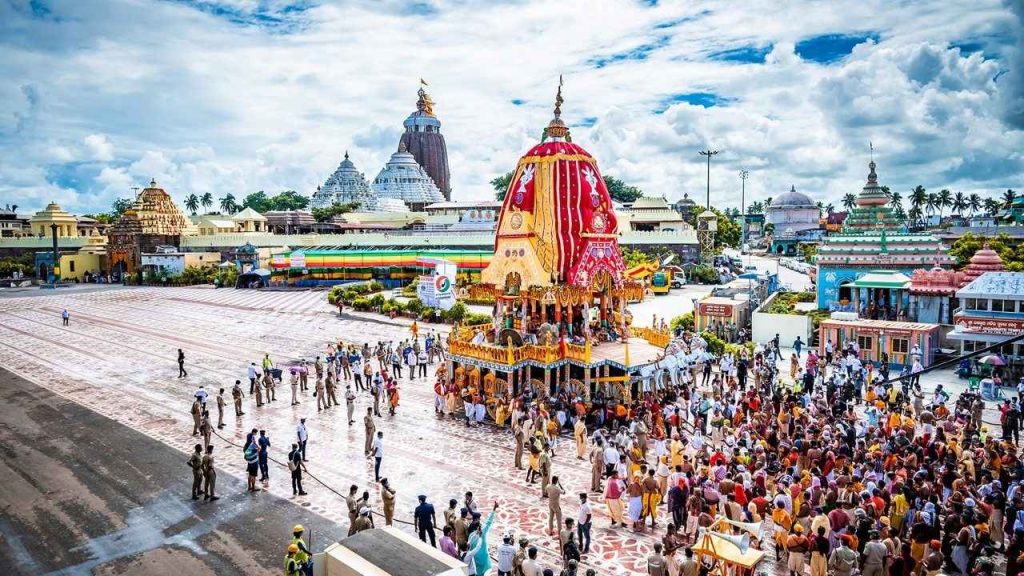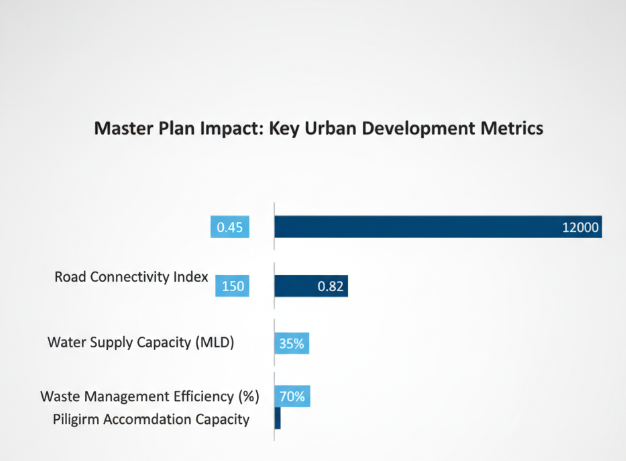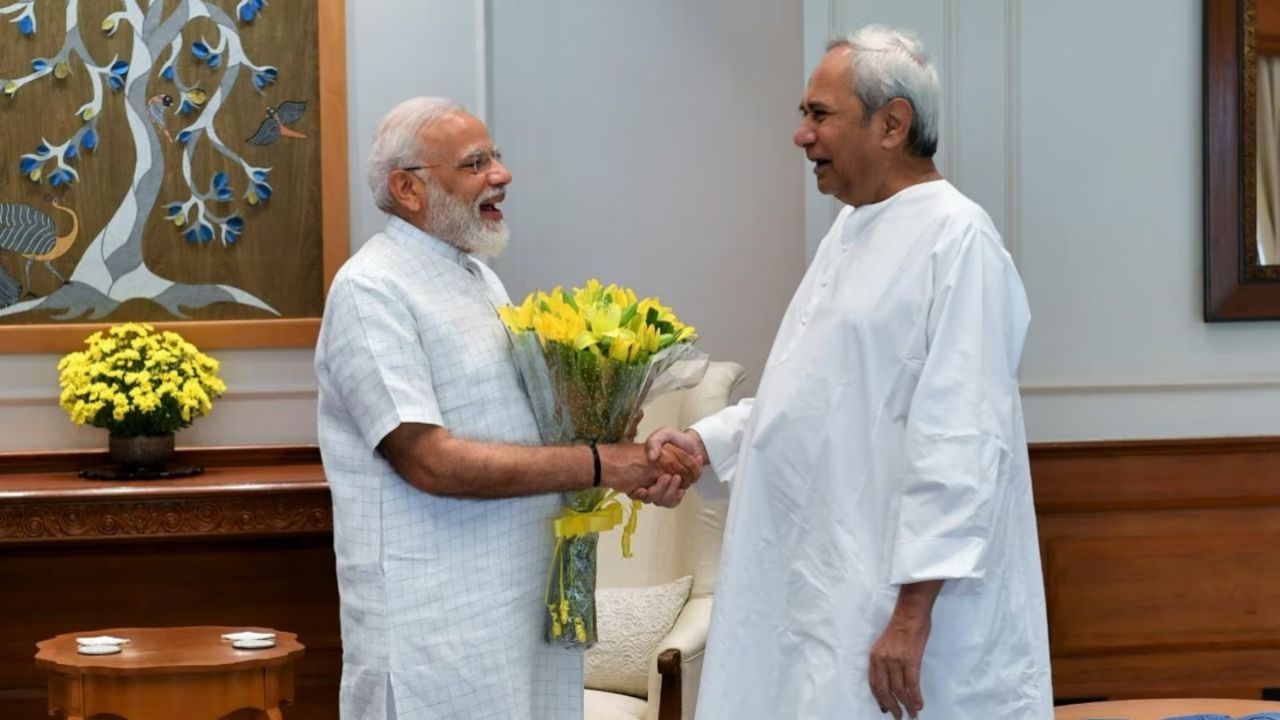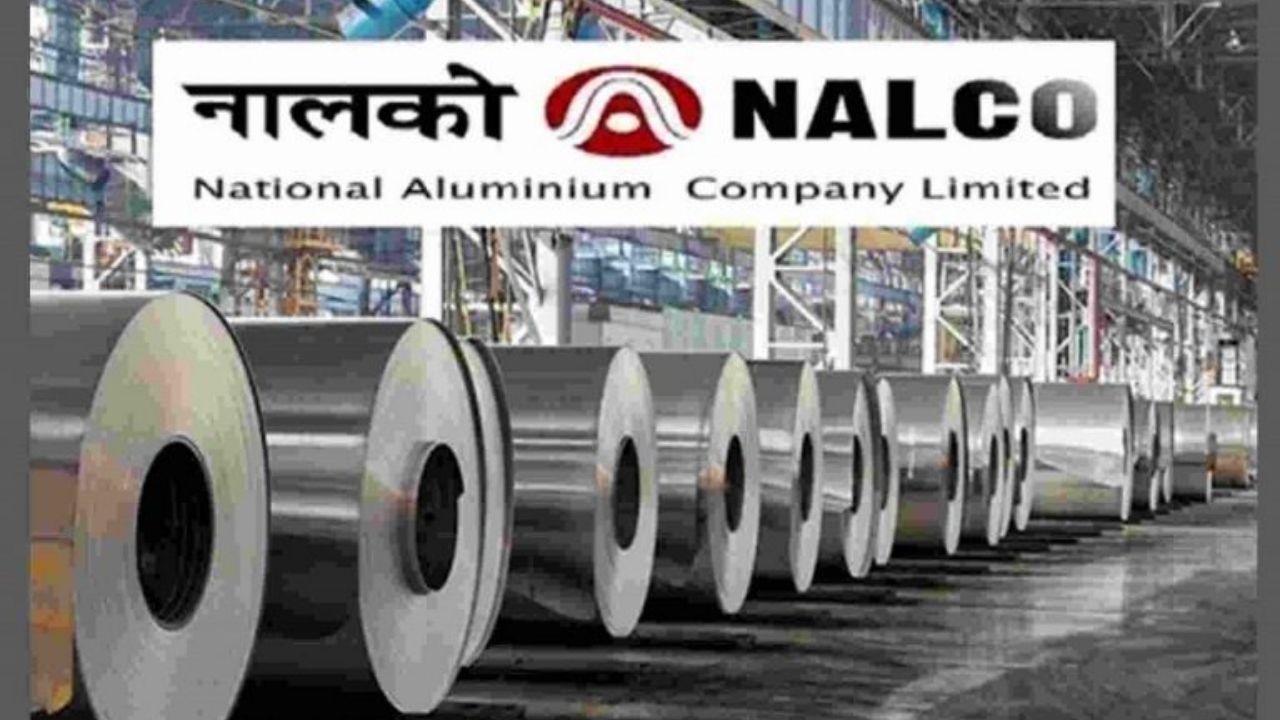The Odisha government is fast-tracking revisions to the Puri Master Plan to accelerate its implementation, aiming to transform the revered temple town into a world-class heritage city. This proactive approach seeks to streamline urban development, improve infrastructure, and enhance the pilgrim experience, according to recent statements from state officials. The initiative underscores a commitment to balancing heritage preservation with modern amenities and increased accessibility for the millions of devotees and tourists who visit annually.

Background: The Vision for Puri
Puri, one of India’s most significant pilgrimage sites, is home to the ancient Shree Jagannatha Temple, a cornerstone of Hindu faith. For years, the town has grappled with challenges related to burgeoning pilgrim numbers, inadequate infrastructure, and the need for sustainable urban planning. The original Puri Master Plan aimed to address these issues comprehensively, envisioning a modern, well-equipped city that respects its spiritual and historical essence.
The initial plan encompassed various facets, including road network improvements, enhanced sanitation facilities, regulated urban expansion, and conservation efforts for heritage structures. However, implementation has faced several hurdles, necessitating a strategic re-evaluation. “The scale of transformation required in Puri demands a dynamic and adaptable planning approach,” stated V.K. Pandian, Secretary to the Chief Minister of Odisha, during a recent press briefing in Bhubaneswar. “We are committed to overcoming bureaucratic delays and ensuring that the revised Puri Master Plan truly serves the long-term vision for this sacred city.”
Accelerating the Revision Process
Recent directives from the Odisha Chief Minister’s office have placed a strong emphasis on accelerating the review and approval of the revised master plan. This urgency is driven by a desire to capitalize on ongoing development momentum and to prepare Puri for future growth while mitigating potential urban sprawl. The revision process involves detailed consultations with urban planners, heritage conservationists, local administration, and community stakeholders.
Key areas of focus in the revisions include:
- Infrastructure Augmentation: Plans to upgrade roads, public transport, and utility services, including water supply and sewage systems. This directly supports the state’s broader push for improved urban infrastructure.
- Pilgrim Amenities: Developing state-of-the-art facilities for pilgrims, such as improved accommodation options, expanded waiting areas, and better access to essential services.
- Heritage Corridor Development: Enhancing the immediate vicinity of the Shri Jagannath Temple through pedestrian-friendly zones, landscaping, and preservation of historical structures, known as the Jagannath Heritage Corridor project.
- Disaster Preparedness: Strengthening Puri’s resilience to natural calamities, particularly cyclones, given its coastal location.
“The revisions are not merely cosmetic; they are fundamental adjustments based on implementation experience and evolving urban needs,” explained Suresh Mohapatra, Chief Secretary of Odisha. “Our goal is to ensure the plan is practical, financially viable, and delivers tangible benefits to both residents and visitors.”
Stakeholder Engagement and Public Input
A crucial aspect of the revised Puri Master Plan is the emphasis on robust stakeholder engagement. Public feedback, particularly from Puri residents and local businesses, is being actively solicited to ensure that the plan addresses community needs effectively. Workshops and public hearings have been organized, allowing citizens to voice their concerns and offer suggestions.
“Engaging with the local community is paramount,” said R. Balakrishnan, Chief Advisor to the Chief Minister, speaking at one such consultation. “Their insights are invaluable in crafting a plan that is not just theoretically sound but also practically implementable and socially equitable.” This inclusive approach aims to foster a sense of ownership among the populace, which is vital for the successful execution of such a large-scale urban development project.

Challenges and Opportunities
While the accelerated revision signals progress, several challenges remain. Land acquisition, often a complex process in densely populated areas, continues to be a significant hurdle. Funding for the ambitious projects outlined in the master plan also requires sustained government allocation and potentially private investment. Furthermore, balancing rapid development with the ecological sensitivity of a coastal town necessitates careful environmental impact assessments.
Despite these challenges, the revised Puri Master Plan presents immense opportunities. It aims to boost local tourism, create employment opportunities, and establish Puri as a model for sustainable heritage city development in India. The improved infrastructure and amenities are expected to enhance Puri’s appeal as a global spiritual and cultural destination.
Jagannath Temple Fake Website Scam Uncovered, Police Arrest Two for Duping Devotees
Puri Rath Yatra 2025: Chariot Dismantling Starts After Delay Caused by New Godown Construction
Nanda Utsav at Puri Srimandir: A Divine Continuation of Janmashtami
Looking Ahead: Implementation and Monitoring
With the revisions underway, the focus will soon shift to the swift and efficient implementation of the updated plan. The state government has indicated that a dedicated task force will be established to monitor progress, address bottlenecks, and ensure adherence to timelines. Regular reviews will be conducted to assess the impact of the changes and make further adjustments if necessary.
“Our commitment is unwavering,” asserted Ashok Chandra Panda, Minister for Science and Technology and Public Enterprises, during a recent legislative assembly session. “The revised Puri Master Plan is more than just a document; it is a blueprint for Puri’s future, ensuring its heritage is preserved while it flourishes as a modern, accessible city.” The success of this ambitious undertaking will serve as a significant precedent for urban planning in other heritage cities across India.





